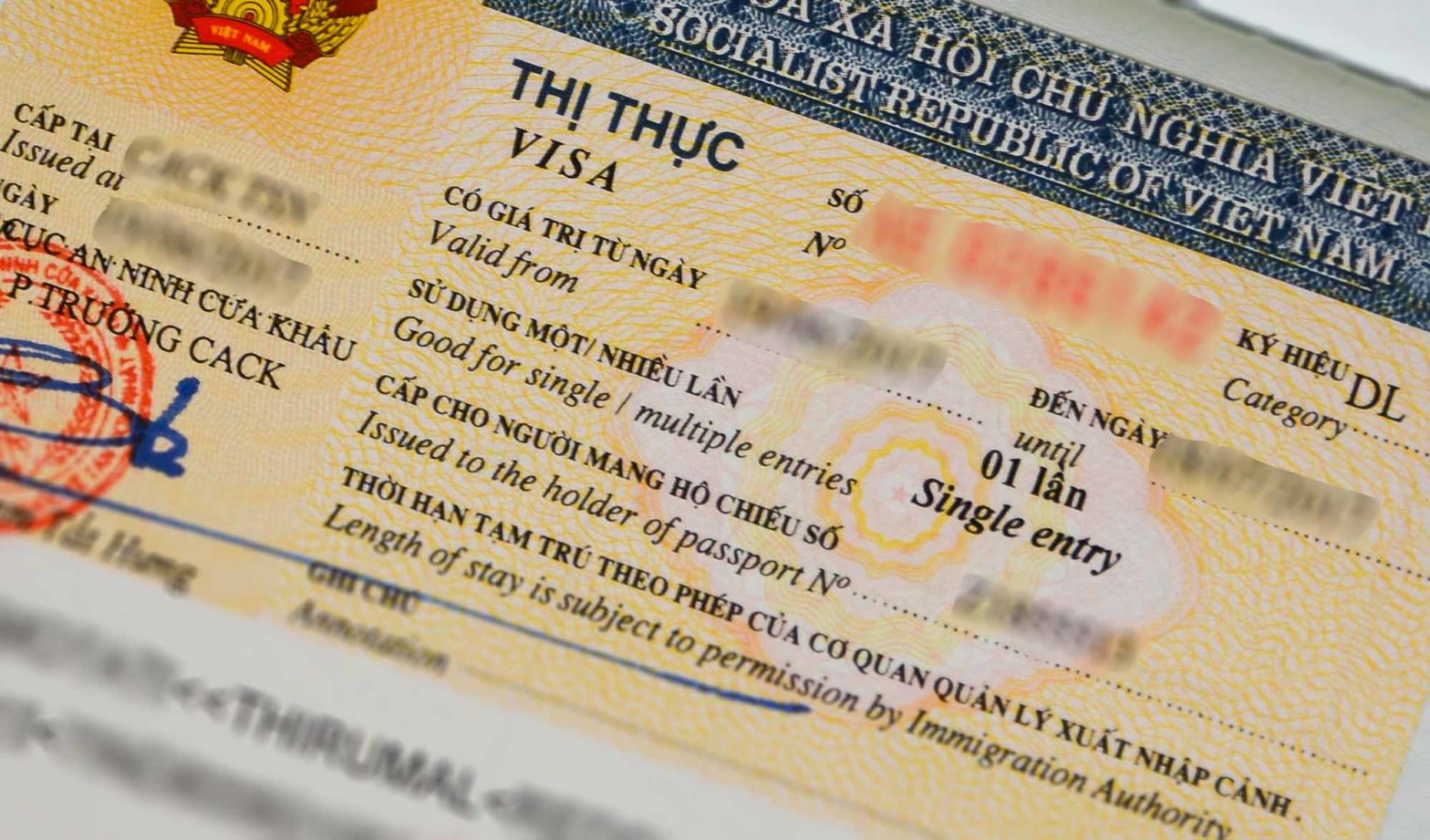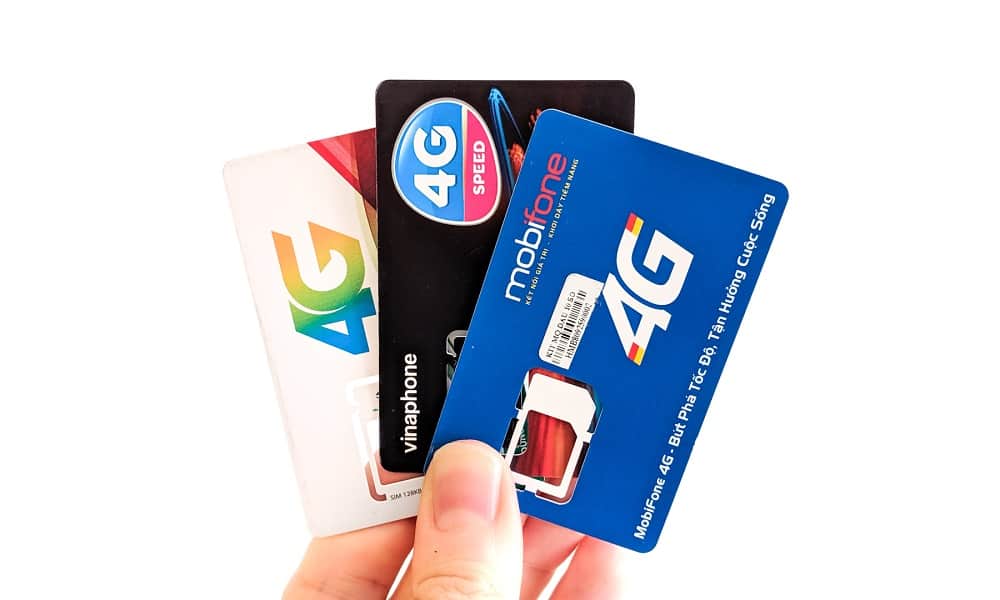9 Tips before traveling to Vietnam
If you don’t know where to go on holiday, traveling to Vietnam. Located in Southeast Asia, an important area in sea trade, Vietnam is a melting pot of many different cultures that you can freely explore. Maybe many people will be shocked when they see the traffic, food, and culture in Vietnam. But it is also worth it for visitors to have a wonderful experience. You will be fascinated with Vietnam’s dynamic, interesting, attractive, hospitable and enthusiastic people. To help you have a perfect trip, here are the tips that Compass Tourist has for those who intend to travel to Vietnam.
1. Preparing Vietnam Tourist Visa
Table of Contents
- 1. Preparing Vietnam Tourist Visa
- 2. Plan your itinerary by plane
- 3. Be ready for the heat and the cold
- 4. Learn a little Vietnamese when traveling to Vietnam
- 5. Always wear a helmet – it’s the law
- 6. How to get around when coming to Vietnam
- 7. Get a Vietnamese SIM card
- 8. International card
- 9. Vietnam is not as conservative as you think
The Vietnamese Government has had policies related to the contents of new regulations including increasing the duration of tourist visa (DL), E-Visa to 3 months; Increase the visa exemption period for tourism purposes to 45 days for some countries. Visitors can register themselves or through our agent for support.
You can register yourself here: https://evisa.xuatnhapcanh.gov.vn/en_US/trang-chu-ttdt
Or you can let us assist you:
The steps for you to register for a visa are as follows : Visit this website; https://evisa.xuatnhapcanh.gov.vn/trang-chu-ttdt .
This is the only official government website. Other places are almost all run by travel agencies.
- Upload an image of your passport data page and a passport photo (straight-up without glasses).
- Pay the $25 fee by credit card.
- You will receive an email registration code that you can use to check your eVisa status.
- Allow 3 business days for processing.
Once approved, print your e-visa and don’t forget to pack it in your carry-on luggage!

2. Plan your itinerary by plane
Vietnam’s terrain has a long and thin S shape. From the capital Hanoi in the North to Ho Chi Minh City in Vietnam is more than 1000 km away, so if you choose to go by car it seems to take a lot of time. Even if you spend a whole month in Vietnam, to go to all the most prominent places in the North, Central, and South, you still have to choose a plane as your means of transportation. You can trade your time by taking a bus or train to save money. Or you can find low-cost domestic flights, even easier if you book in advance. VietJet Air is a domestic airline famous for its cheap flights (although not always on time).
3. Be ready for the heat and the cold
As a country stretching from North to South, Vietnam has many types of climate. Depending on which month you visit Vietnam, prepare your luggage appropriately! In the North, it is divided into 4 seasons: spring, summer, autumn, and winter, but in the South of Vietnam, there are only 2 climate types: rainy season and dry season.
If you want to feel the bone-chilling cold, then come to Northern Vietnam from December to February. And you will even see snow falling if you go to Sapa during those months. Then the weather gradually warms in the spring and will be very hot in the summer, so try experiencing other places in the Central region such as Hue, Da Nang, Hoi An. Southern Vietnam has a rainy season from May to October and a dry season from November to April of the following year. Depending on your free time and how you want to experience it, please consider and prepare well!
4. Learn a little Vietnamese when traveling to Vietnam
In a globalized society, Vietnam is also one of the countries open to integration with the world. Although the number of people who speak English is very large, if you visit traditional craft villages or mountainous areas, it will be very difficult to communicate with older native people. And to be able to integrate into Vietnamese life, learning a little Vietnamese will certainly be very interesting. Let’s start with the simplest sentences to show politeness and enjoyment of this place. You can say “xin chao” to mean hello, “thank you” when you want to thank someone, and “goodbye, see you later” when you have to leave but still feel nostalgic and wish to return. once again. It will not be difficult for us to learn these words, so let’s study them seriously!
5. Always wear a helmet – it’s the law
In 2007, the government enacted a law requiring everyone riding a motorbike to change helmets when participating in traffic. If you go on a tour, you don’t need to worry about that because the tour car will take you there. You can also rent a motorbike or go by traditional taxi companies here. Download the car booking app if you don’t want to pay more. And they will provide you with a helmet so please follow the traffic rules here!

6. How to get around when coming to Vietnam
If you want to visit the inner city, you can take the bus to save money, but you have to spend time researching the bus schedule. If you want to go faster, you can take a taxi. The driver will take you to the exact location you want to go. You can go out and catch a taxi or any motorbike taxi driver. If you don’t want to pay too much, install ride-hailing apps to be public, transparent and safe. There are taxi companies operating strongly in Vietnam such as XanhSM, Bee, Grab, AhaMove,…
7. Get a Vietnamese SIM card
No matter where you go in Vietnam, there is a phone signal and wifi network covering the entire country, even when you go to remote areas like Sapa or Ha Long Bay. For convenience when you travel to many places, buy yourself a Vietnamese SIM card to immediately receive 60gb of data to help you access the internet anywhere. You can choose Viettel, Vinaphone or Mobifone sim. These are the best sim companies in Vietnam.

8. International card
You can prepare some Vietnamese money when traveling to Vietnam or you can use an international debit card. You can withdraw money at any bank. Banks here often charge a withdrawal fee each time you withdraw money and you can only withdraw a maximum of 3,000,000 VND for each withdrawal to another bank. If you go to a bar or restaurant, you may have to pay an additional 3% fee when paying at the store.
9. Vietnam is not as conservative as you think
You may think that when you come to Vietnam you have to dress conservatively, not wear skirts above the knee or wear short-sleeved shirts, but you have misunderstood. You can dress freely and comfortably on Vietnamese streets and not be too outrageous. Of course, when going to spiritual places like temples, you need to dress politely, don’t wear too short skirts or too revealing clothes. This looks very offensive, take a look at your schedule that day and choose the appropriate outfit.
Below are 9 tips that Compass Tourist provides to help you prepare what you need when traveling to Vietnam. Wishing you a perfect trip to Vietnam.
